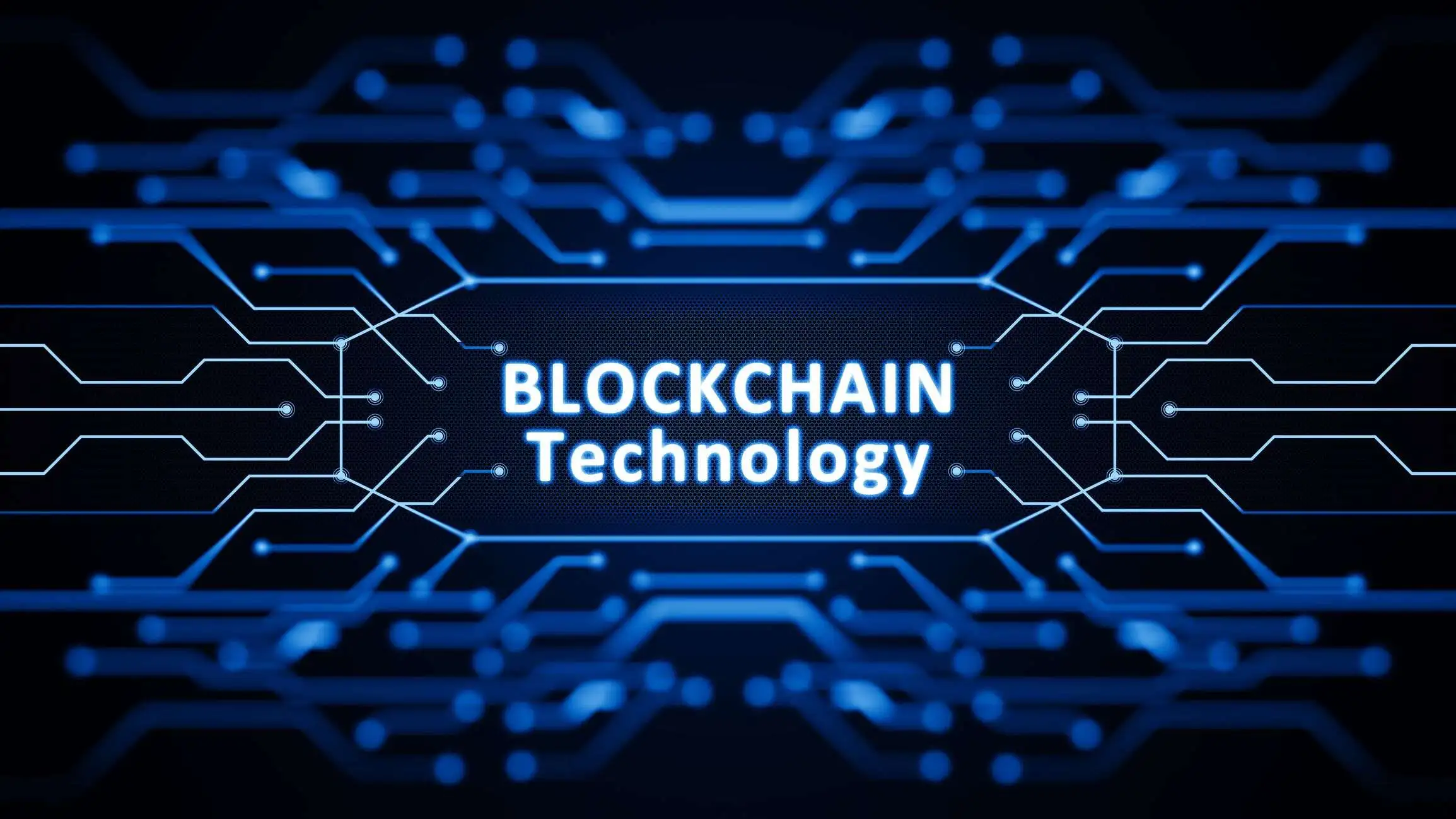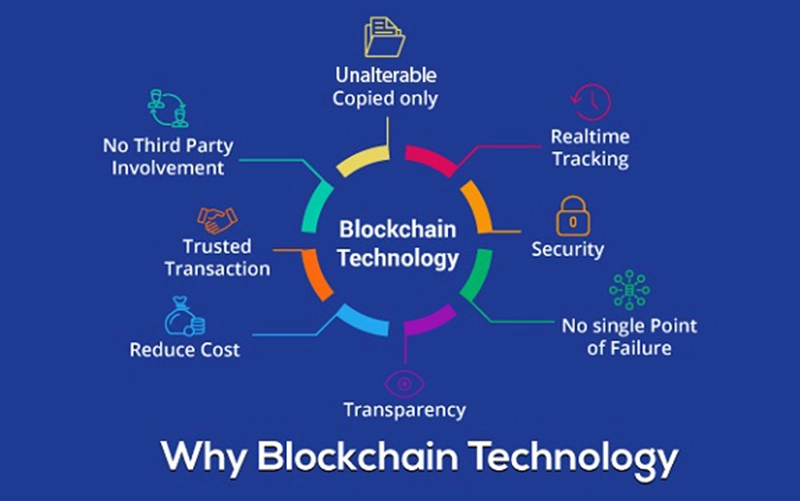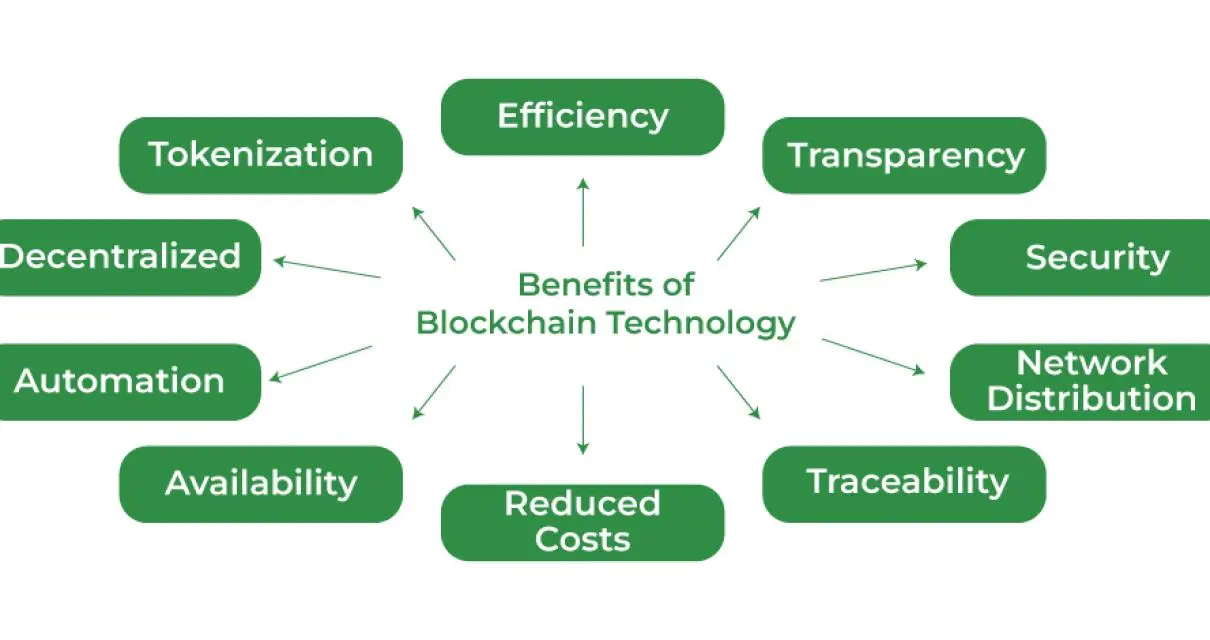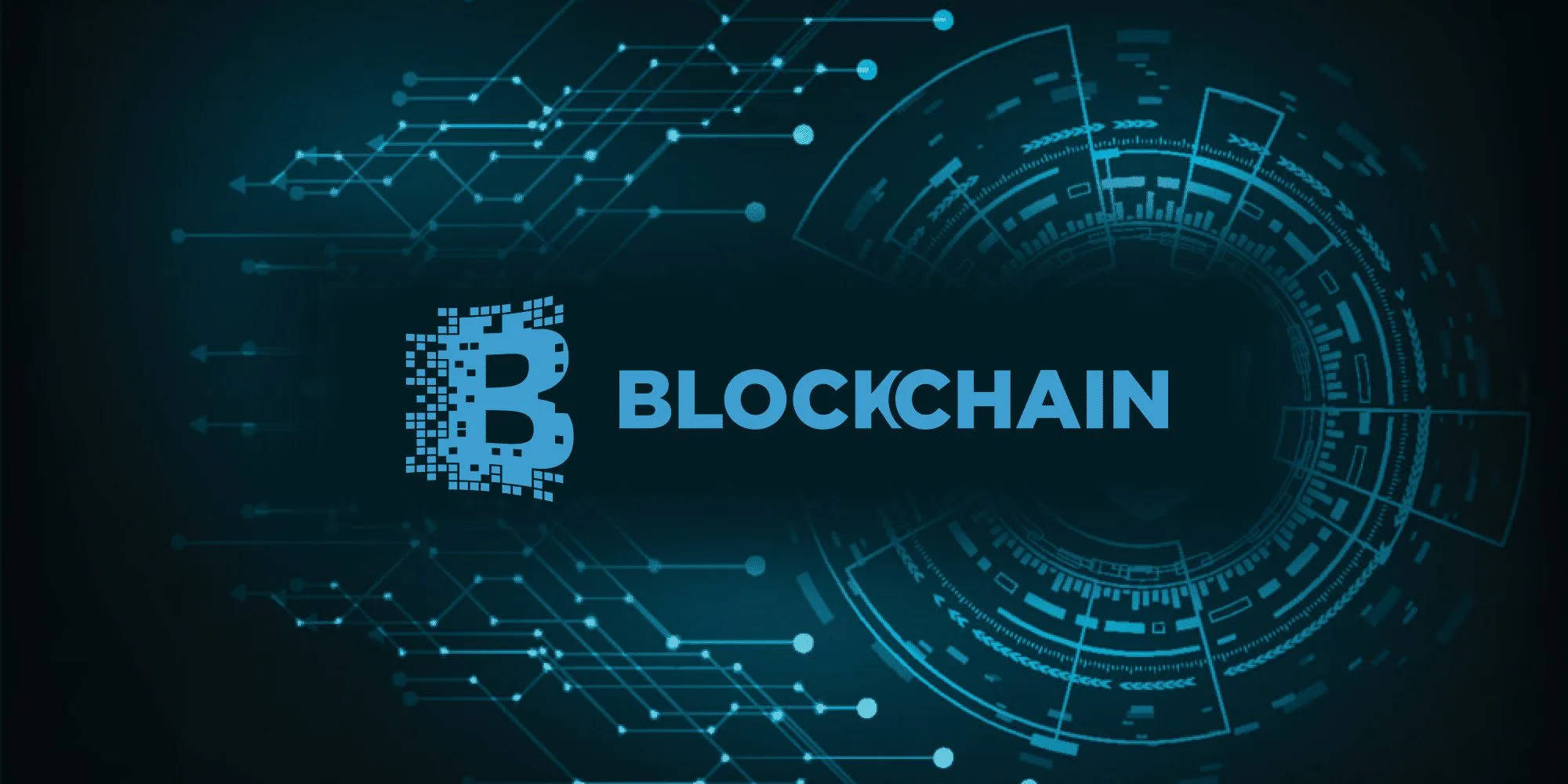The emergence of blockchain technology has spurred innovation in several sectors, including supply chain management, banking, and healthcare. The need for qualified blockchain developers is only going to increase as more companies want to take advantage of blockchain's special benefits. However, what precisely goes into developing a blockchain? This blog will give a thorough overview of blockchain development, including its description, advantages, and method of development. At the conclusion, you will know exactly what it takes to begin blockchain development and why it could be the best option for your upcoming project.
What is Blockchain Development?

The process of developing and deploying blockchain-based solutions is referred to as blockchain development. A blockchain is a type of decentralized ledger in which transactions are recorded across several computers in a way that prevents them from being changed later. Because this technology guarantees security and transparency, it is a desirable choice for many different kinds of applications.
Blockchain developers produce decentralized apps (dApps), smart contracts, and other blockchain-based solutions by utilizing blockchain platforms like Ethereum, Hyperledger, and EOS. There are several steps in the process, such as requirement analysis, design, development, testing, and deployment. Anyone wishing to pursue a career in blockchain development must have a solid understanding of the underlying concepts of the technology.
Why Use Blockchain?
It's critical to comprehend the reasons behind the growing interest in blockchain technology before delving deeper into the development process. Compared to conventional centralized systems, blockchain's decentralized structure has various advantages. The following are some of the main causes behind the growing adoption of blockchain technology by businesses:

Transparency: Blockchain technology facilitates data auditing and verification by offering an unchangeable, transparent transaction record.
Security: Blockchain's cryptographic features guarantee that data is safe and impervious to manipulation.
Decentralization: Because blockchain does not require a central authority, there is less chance of a single point of failure and more participant trust.
Efficiency: Blockchain technology has the potential to simplify procedures and lessen the need for middlemen, resulting in quicker and more affordable transactions.
Traceability: Better asset and product traceability is made possible by blockchain, which is very helpful for supply chain management.
Understanding these benefits is essential for appreciating the potential impact of blockchain technology on various industries.
Advantages of Using Blockchain
Blockchain technology has benefits that go beyond the fundamental ideas of decentralization, security, and transparency. The following particular advantages of blockchain technology make it revolutionary for numerous applications:

Enhanced Security: The cryptographic techniques used by blockchain guarantee the security and immutability of data. For applications needing high standards of data integrity and confidentiality, this makes it perfect.
Reduced Costs: Blockchain can drastically cut operating costs by doing away with middlemen and automating procedures with smart contracts. This is especially helpful in industries like finance, where delays and transaction costs can add up to significant costs.
Improved Traceability: Blockchain offers an unchangeable record of product history in sectors like supply chain management, assisting in the authentication process and preventing fraud.
Increased Efficiency: Blockchain's decentralized structure minimizes delays and boosts operational efficiency by enabling quicker transaction processing and settlement.
Greater Transparency: Blockchain's public ledger feature makes sure that everyone has access to the same data, which lowers the possibility of disagreements and boosts confidence.
These benefits of utilizing blockchain show why it is starting to gain traction in a variety of industries, including financial services, healthcare, logistics, and more.
Blockchain Application Development Process
A blockchain-based solution cannot be successfully implemented without completing several essential milestones in the development process. The standard steps in developing a blockchain application are examined in detail below:

1. Requirement Analysis
Understanding the project's unique requirements is the first stage in the blockchain development process. This entails figuring out what needs to be solved, specifying the objectives of the blockchain application, and selecting the main attributes and capabilities. To make sure that all criteria are stated clearly, stakeholders must work closely together.
2. Choosing the Right Blockchain Platform
Choosing the right blockchain platform is essential to the project's success. A few things to think about are the kind of blockchain (public, private, or consortium), the development environment, scalability, and the consensus method (Proof of Work, Proof of Stake, etc.). Ethereum, Hyperledger Fabric, and EOS are three well-known blockchain technologies, each with unique applications and advantages.
3. Designing the Architecture
The next stage is to build the blockchain application's architecture if the requirements are understood and the platform is selected. This entails specifying the protocols, smart contracts, and data structures that will be employed. It's crucial to take security precautions and adherence to applicable laws into account.
4. Development
Coding the blockchain application, including smart contracts, user interfaces, and backend infrastructure, is the task of the development phase. To create the application, developers employ programming languages including C++ for EOS, Go for Hyperledger Fabric, and Solidity for Ethereum. Thorough testing is necessary at this step to guarantee that the application is safe and operates as planned.
5. Testing
An essential step in the blockchain development process is testing. It entails confirming that the blockchain application is secure and operates as intended. Unit, integration, and security testing are all included in this. To make sure the program functions properly in a variety of settings and scenarios, extensive testing is necessary.
6. Deployment
The blockchain application is prepared for deployment following testing. This includes putting in place the required infrastructure, launching the smart contracts, and enabling user access to the application. During the early stages of deployment, it's critical to keep a tight eye on the application to handle any potential problems.
7. Maintenance and Upgrades
After deployment, the blockchain development process continues. Continuous upkeep and enhancements are required to guarantee the application's security and maximum functionality. This includes keeping an eye on the network, updating security updates, and making adjustments in response to user input.
Conclusion
The dynamic and fascinating topic of blockchain development has the power to completely change a variety of businesses. You may open up new possibilities for efficiency and creativity by being aware of the benefits of using blockchain technology and the essential phases in the development process. Blockchain offers a plethora of opportunities for developers seeking to broaden their skill set and corporate leaders investigating new technology.
If you’re ready to embark on your blockchain development journey, now is the time to start. Try On Wave Group today, Let us help you navigate the complexities of blockchain development and achieve your goals with confidence.

